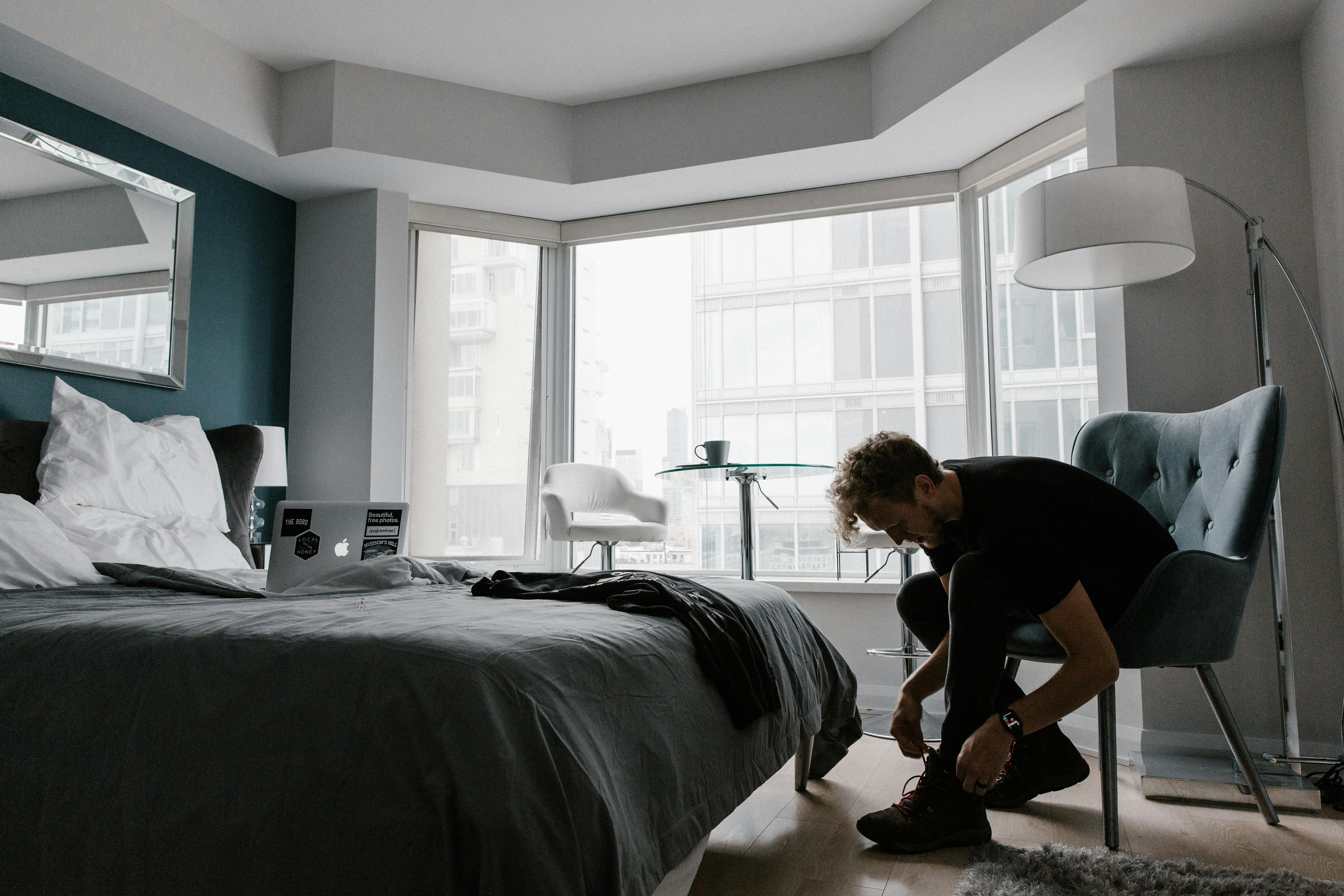The rich biodiversity and natural beauty of Saint Lucia play an important role in the island’s culture and economy. The island’s 2 main industries, tourism and agriculture, depend on sustainable environmental practices. In 2004, the Pitons were declared a UNESCO World Heritage Site due to their exceptional beauty and unique ecology. Therefore, environmental awareness is a fundamental part of life in Saint Lucia. Every human interaction with nature leaves an indelible mark. When building a house in Saint Lucia, you need to be vigilant to minimize the impact on the environment. Here are 5 easy ways you can do it.
Do not clear the land indiscriminately. Before beginning construction, consider how your home will affect the tree coverage in the area. Saint Lucia is a densely vegetated country. The prevalence and variety of trees is one of the things that makes the island unique. Save as many mature trees as possible. Incorporate existing foliage into the design and layout of your home. This ensures that the island remains green. Mature trees also add majesty and beauty, while keeping the property cool.
Use renewable energy. Sunlight and wind are two of the most abundant natural resources in Saint Lucia. Now it is possible to have the house completely powered by solar panels and wind turbines. Using wind, solar, or a combination of the two depends on the location of your home. For example, residential sites on the east coast of the island have a constant Atlantic breeze and are well located to use wind power. While solar or wind power will increase construction costs, it will eliminate utility bills down the road. In Saint Lucia, electricity is the most expensive service and the savings will accrue over the long term. Renewable energy also reduces the burning of fossil fuels and helps keep the air clean while reducing the island’s carbon footprint.
Harvest rainwater. Saint Lucia has approximately 2000 mm of annual precipitation. Using drainage systems, it is easy to collect rainwater, which is stored in underground tanks or cisterns. This helps conserve the island’s public water supply. It also ensures you have a backup if there is a shortage after a hurricane.
Maximize natural ventilation to minimize cooling costs. In Saint Lucia, air conditioning units are the main culprits when it comes to high energy consumption. Keeping your home naturally cool will significantly reduce your electricity use. High ceilings, large windows, insulated ceilings, and cross ventilation are just some of the ways your home can be designed to stay cool. Many houses in St. Lucia are located on high hills where there is a constant breeze. A well-ventilated home can eliminate (or at least greatly reduce) the need for air conditioning. (In addition to the practical benefits, the high ceilings and large windows are great for taking in those incredible views of St. Lucia!)
Grow a garden. The gardens flourish in the rich volcanic soil and tropical climate of Saint Lucia. It’s common for backyards to be laden with tropical foods like mangoes, guavas, dasheen, or breadfruit. Eat your own delicious, organic fruits, vegetables, and herbs grown in your backyard! Once you have started your garden, it is easy to maintain. The prevalence of backyard gardening helps ensure the island’s food security and preserves indigenous foliage. The rewards are delicious and good for both you and the environment!
These are just a few of the ways to live a nature-friendly lifestyle if you have decided to buy real estate in Saint Lucia. The island is loved for its lush green beauty. Everyone in the country must do their part to maintain this. Cautious real estate development can enhance, rather than diminish, the island’s natural environment. Energy efficiency is also a great investment, as it will make your home more attractive to buyers if you ever decide to sell.
